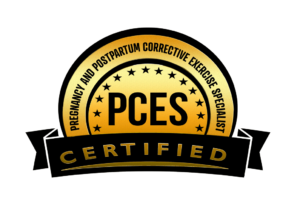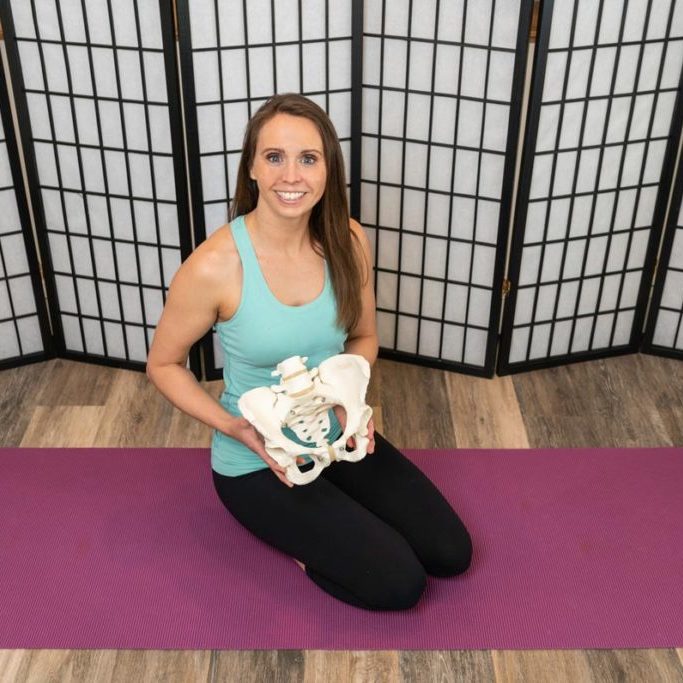Will You Pass This Glute Strength Test?

It's been a rough week in our house with my youngest getting mono and having lymph nodes in his neck the size of a baseball. The poor kid was just in the PICU for 4 days on a ventilator a few weeks ago. The immune system is a vulnerable thing and when we disrupt our system, it can cause a chain reaction. I have a feeling that the amount of steroids he had to take over the PICU stay weakened his immune system and that's why he ended up with the EBV that led to mono. Of course, saving his life was a good thing so the steroids were needed at the time! Needless to say, our family is holding it together but I'm really looking forward to the day when everyone is well!
This scenario makes me think of all the compensations that I see in the human body and I want to talk about one of those with you today. I often see the hamstrings respond to a stimulus in two ways.
#1. They shut off and take a break - this person usually ends up in a big anterior pelvic tilt. Hamstrings can feel tight because the tilt of the pelvis falling forward puts them into a very lengthened position.
#2. They become overactive and take over for the glutes. This leaves them always feeling tight because the tone in the muscle is high.
See how this reminds me of the immune system. You've got one response that's turned off (leading to catching more things) and one that's way too high (increased allergies and autoimmune flare-ups).
Why am I chatting about this you ask? ? What's the point? Well, back pain, SI joint pain, bulging lower abs, flat ineffective glutes, decreased pelvic and spinal stability, piriformis pain, pelvic floor tightness, and more are often the result. Does your low back ever feel tight? Particularly after standing for a period of time? Then you probably have a hamstring glute strength imbalance. This issue, much like the steroid for my son, led to an immune response down the road which had a consequence.
So, how does a glute - hamstring imbalance happen? Well, nowadays life for muscles is pretty hard. This is because life itself is the opposite of hard. We don't skin animals, dig up roots, walk all day or other hard physical labor activities that move our body in a variety of ways. We sit in carpool lines, chairs for dinner and have washing machines. Sitting, standing in one spot, lack of frequent/varied stimulus and repetitive movement patterns can all lead to imbalances. Our conveniences force us into more repetitive movement patterns than ever before. (Typed while sitting at the computer and I'm getting ready to hop in the car to do kid dropoff- both in the same position.)
Now, the biggest question. What can we do about it?
I think the biggest thing is catching it early before it turns into aggravated discs, facets, pain, and decreased glutes.
Today, I have two challenges for you. One is a modified version. Be careful with these!!!! Don't try and force the movement. If you don't have the glute strength to do it or the range of motion, then you just don't. (Stop if you feel pinching in the front of your hip as well.)
Full challenge version of glute test.
Modified challenge version of glute test.
How did you do? Easy to lift your leg? Do you have great glutes?
Here are three exercises I like to use to help.
#1. Hamstring lifts to turn on hamstrings and decrease anterior pelvic tilt. (This one may be a bit too challenging depending on where you're at right now. So please use caution.)
#2. Glute before hamstring when lifting leg. (This one is easier! Well physically but not always mentally. It also requires great core strength to execute!)
#3. Leg lifts without pinching your fingers.
Well, how did you do? I hope this continued to unlock some puzzles of the human body for you! It's an incredible thing!! Part of my passion for encouraging you to work on this now comes from seeing so many retired age patients with chronic pain. I don't want you to wait until things fully settle in and are much harder to fix before deciding it's time to work on it. Let's get to it now while it's easier to tackle and catch it before it turns into something full-blown, like back or SI joint pain!



